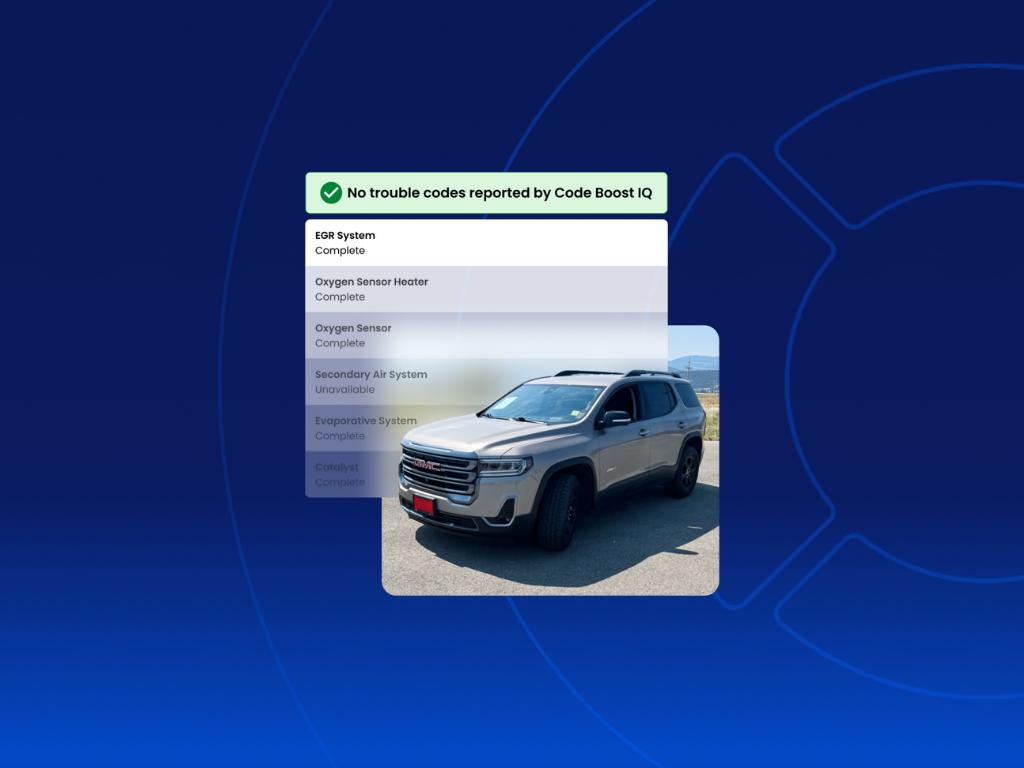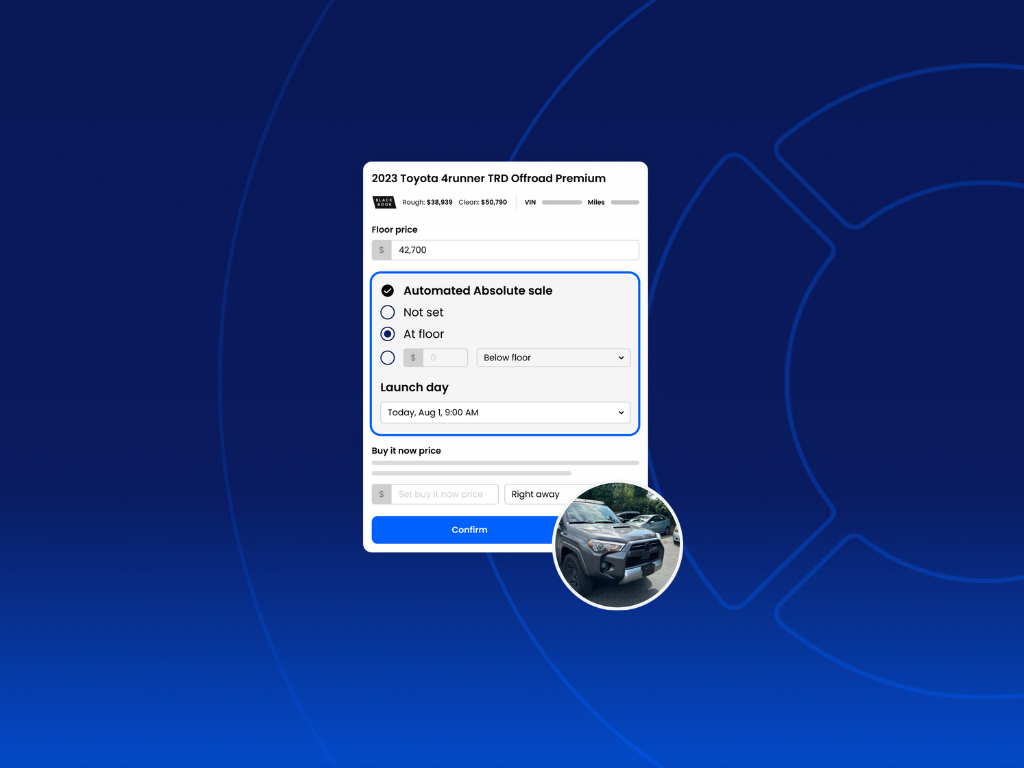Digital Auctions Are Effective and Safer
Three years ago, I wrote in this publication calling on the remarketing industry to take responsibility — and action — to improve auction safety. And in a keynote address to the National Auto Auction Association last year, I renewed my controversial plea: Let’s stop running cars down the lanes and start saving lives.
Over the past several months, we’ve all faced a safety threat more dangerous than any auction operation. COVID-19 forced us and many other auctions, customers, dealerships and manufacturers to change the way we think and operate. And while the effects of this pandemic likely will impact our industry for months or years to come, the experience generated strong support for my position on safety.
COVID-19 was an unfortunate catalyst that accelerated the digital transformation of wholesale remarketing. And it proved that millions of used vehicles can be sold more efficiently, more effectively and, most importantly, more safely through a digital marketplace.
KAR took early and decisive action in response to COVID-19, suspending our operations for two full weeks. We then relaunched our North American ADESA auctions in an online-only simulcast format, supplementing our other digital platforms. Other major auction companies followed suit, and collectively, we’ve supported a promising market recovery and helped mitigate the spread of COVID-19. And whether intentional or not, this digital shift also prevented the fatalities and life-changing injuries caused by running cars through physical auction lanes.
The results are in
Despite this positive momentum and the beneficial side effects of safety, there is still reluctance and, occasionally, vocal opposition to going digital across some customer and competitor segments. The arguments offered here are familiar:
- “You can’t determine a car’s condition without seeing it run.”
- “You can’t get the bids you can in-lane.”
- “Physical auctions produce better economic results.”
I never believed these rationales should outweigh the health, well-being and lives of our customers and our employees, even if valid. But our industry now has the experience and results to disprove them.
KAR has not run a car through an auction lane since March, yet we sold nearly 650,000 in the second quarter. The buyers include more than 10,000 former in-lane dealers who enrolled in and adopted our digital tools for the first time. They bought safely and conveniently from their homes or offices. No travel to the auction. No wasted time. And no risk of injury.
Sellers also are seeing the benefits of going digital. Our new technology allows them the flexibility to launch sales anytime, anywhere from an auction, grounding yard, dealer lot or even multiple sites.
Digital sales also increase buyer engagement, averaging more attendees, more unique bidders, more unique buyers and more bids per vehicle sold than physical auction sales. And they reach a broader, more diverse buyer base, with the number of buyer states represented at our sales up 50 percent over pre-COVID-19 levels.
And in terms of proceeds, the AuctionNet industry data shows wholesale prices across most seller segments in July were 15 percent higher than levels before the pandemic despite major auction houses running digital-only.
Protecting communities
As a former dealer, however, I know part of the auction experience has always been being “at the auction.”
I loved visiting the auctions and being part of the action. Our dealers miss this. We miss this. And we especially miss the relationships, friendships and conversations that extend beyond business and into our personal lives.
But this is precisely why we’ve taken the stance we have — because auction safety isn’t just about protecting people in the lanes, it’s about safeguarding the health, well-being and livelihood of the families, friends, loved ones and communities our sellers and buyers return to after our sales.
When it comes to safety, KAR’s commitment to our employees and customers is well known and well established. And if this means never running cars again, that’s a step I’m absolutely willing to take.
The experience of the past 120 days proves that running vehicles down the auction lane is only a preference, not a prerequisite, to a successful sale. And my hope is that our industry will finally adopt the better, faster and safer digital alternative.
Click here to read the original op-ed as it appears in Automotive News (subscription).



